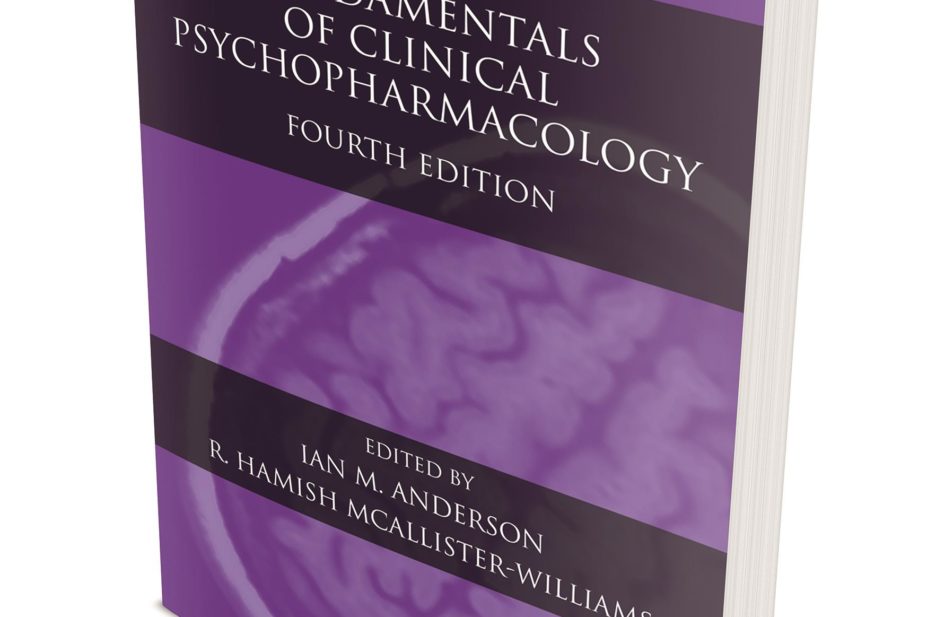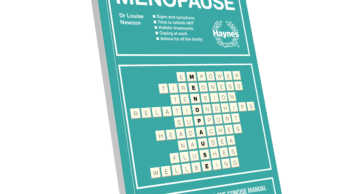
As with all publications by the British Association of Psychopharmacology (BAP) this affordable textbook is approached from a scientific perspective and is thoroughly evidence based.
The first two chapters address the principals of psychopharmacology, including pharmacokinetics and pharmacodynamics. This detailed yet concise summary is aided by numerous useful diagrams. However, it is a short textbook and as a result is not afforded the luxury of addressing every scenario, for example, it does not detail the changes in pharmacokinetics and pharmacodynamics and drug handling in pregnancy or breastfeeding, or in people under 18 years, or in hepatic or renal failure. Rather it focuses on the principals.
The book is logically laid out, with chapters considering each main group of psychotropic medicines in turn. Each includes a brief section outlining the clinical use of the group of medicines, but further depth on this aspect is best found in other textbooks.
Chapter seven on ‘Drugs of abuse’, about a wide range of commonly misused substances, is particularly useful, pulling together scientific and clinical details. Similarly chapter 12 gives a brief overview of clinical trial design. It is not an exhaustive critique of every method, but has sufficient detail to allow the reader to understand the nuances of various trial evidence.
This book would be useful for students, preregistration trainees and clinicians of all types of professions interested in the use psychotropic medicines. Most chapters draw on and relate their content to National Institute of Health and Care Excellence and BAP guidelines. Therefore it is probably of greatest use to practitioners in the UK.
Finally, as the author of the forward points out, there is a continuing view held by a vociferous minority that psychotropic medicines are at best ineffective and at worst dangerous, and that their use is inappropriate. It is therefore the responsibility of all those who are involved in prescribing, dispensing and administering psychotropic medicines to ensure that our actions and opinions are justified, which means we need to have a solid understanding of the science and clinical evidence behind them. This reliable book certainly supports us in that knowledge.
Caroline Parker
References
‘Fundamentals of clinical psychopharmacology 4th edition’, edited by Ian M. Anderson and R. Hamish McAllister-Williams. Pp xxvi+254 £29.99. Boca Raton: CRC Press; 2016. ISBN 978 1 4987 1894 3


